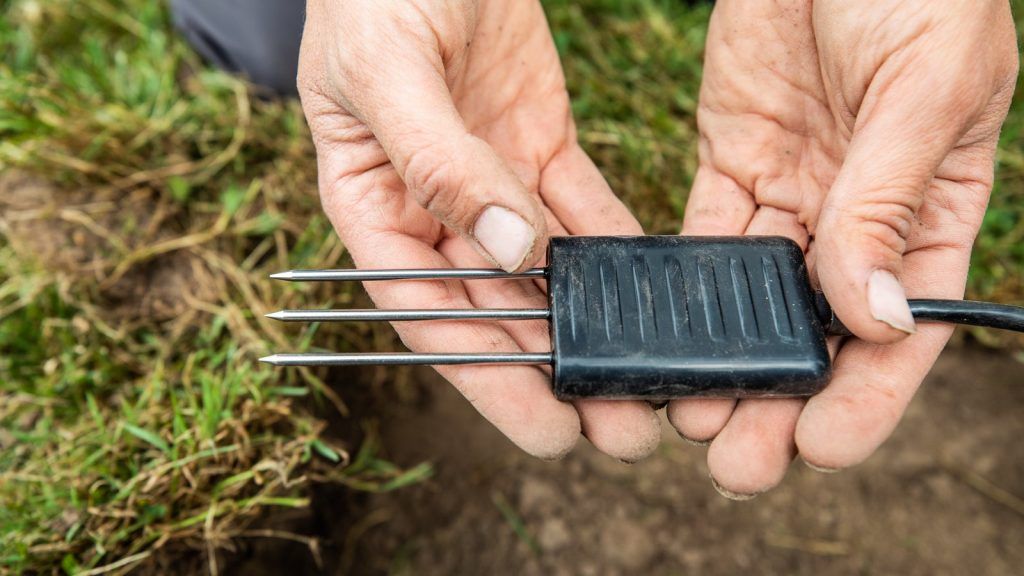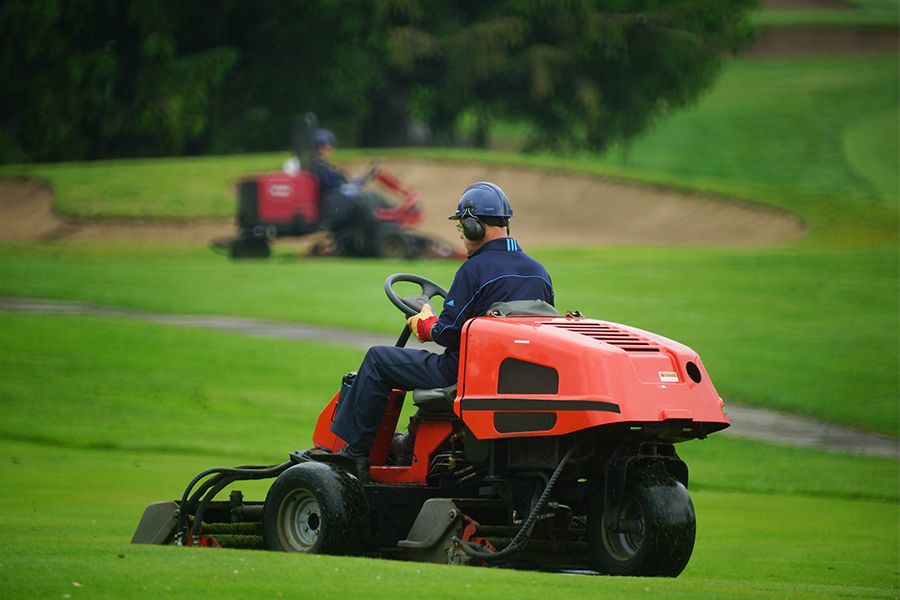
IoT for Golf Course Management
The Internet of Things (IoT) has revolutionized the way people interact with their environment, and it is now being applied to golf course management. IoT technology is allowing golf courses to become more efficient, cost-effective, and sustainable, as well as provide a better experience for golfers. This article will explore the various ways IoT can be used to improve and optimize golf course management, from automating irrigation systems to providing real-time data and analytics.
Internet of Things is transforming the golf course industry by providing golf course managers with the data they need to make informed decisions. IoT devices, such as sensors, can be placed throughout the course to monitor things like soil moisture, temperature, light, and air quality. This data can then be used to adjust the irrigation system, optimize mowing patterns, and adjust fertilizer application. Additionally, sensors can be used to track the movement of golfers and equipment around the course, allowing managers to better understand usage patterns and make changes accordingly.
Sensors at the Golf Course
IoT can also be used to streamline the golfing experience for customers. For example, golf courses can install sensors around the course that detect the location of golfers and their clubs. This data can then be used to provide real-time information about the course, such as distances to the green, hazards, and recommendations for club selection. Golfers can also use IoT technology to track their score, monitor their performance, and compare their performance to other players.

In addition to providing a better experience for golfers, IoT technology can also help golf course managers save money and resources. By using IoT-enabled sensors to monitor soil moisture and temperature, golf courses can adjust irrigation systems to only water when necessary and avoid wasting water. Similarly, sensors can be used to track the movement of golfers and equipment on the course, allowing managers to adjust mowing patterns to reduce wear and tear on the turf.
How LoRaWan can help?
Lorawan, or Long Range Wide Area Network, is a low-power, wide-area network (LPWAN) protocol that is designed to enable long-range communication at a low data rate. This makes it an ideal technology for use in golf courses, where it can be used to improve a variety of different operations and enhance the overall golfing experience for players.
Golf Course Maintenance
One way that Lorawan can be used in golf courses is to improve course maintenance and management. Golf courses are large, complex environments that require a significant amount of maintenance and management to keep them in top condition. With Lorawan, golf course managers can deploy sensors throughout the course to monitor various factors such as soil moisture, temperature, and grass health. This can help to optimize watering schedules, reduce the amount of water used, and ensure that the course is in the best possible condition for play

.
Another use for Lorawan in golf courses is to provide real-time course information to players. This can be achieved through the use of smart signs or other types of displays that are equipped with Lorawan-enabled sensors. For example, a player could approach a smart sign and use their smartphone to access information about the hole they are about to play, including the distance to the green, hazards, and other relevant details. This can help to enhance the overall golfing experience by providing players with the information they need to make informed decisions on the course.
In addition to improving course maintenance and providing real-time information to players, Lorawan can also be used to enhance the security of a golf course. Golf courses can be large, sprawling environments, and it can be difficult to keep track of who is on the course at any given time. With Lorawan, golf course managers can deploy sensors throughout the course to track the movements of players and other individuals. This can help to ensure that only authorized individuals have access to certain areas of the course and can help to deter potential threats such as vandalism or theft.
Monitoring Golf Carts with IoT
Another way that Lorawan can help golf courses is by enabling the use of smart carts. Golf carts are an essential part of the golfing experience, and with Lorawan, they can be equipped with a variety of different sensors and other technologies to enhance their functionality. For example, a smart cart could be equipped with sensors that track the distance traveled, speed, and other relevant data. This information could then be used to optimize the cart's performance and improve the overall golfing experience for players.
Improving the Golfer's Customer Experience
Finally, Lorawan can be used to enhance the customer experience at golf courses in a variety of different ways. For example, it could be used to enable the use of mobile payments on the course, allowing players to easily pay for their round of golf or other amenities without the need for cash or credit cards. It could also be used to provide players with personalized recommendations and offers based on their preferences and past behavior.
In conclusion, Lorawan is a powerful technology that has the potential to significantly improve operations and enhance the overall golfing experience at golf courses. Whether it is used to improve course maintenance, provide real-time information to players, enhance security, enable the use of smart carts, or improve the customer experience, Lorawan has the potential to transform the way that golf courses operate and provide a better experience for players.
IoT for Golf Courses Concluding Thoughts
Overall, the Internet of Things is truly revolutionizing the golf course industry. Thanks to the data that IoT technology can provide, golf course managers can now make more informed decisions and optimize their courses. IoT technology can also provide a better experience for golfers, save money and resources, and improve sustainability. As the technology continues to evolve, golf courses will continue to benefit from the advantages of IoT.